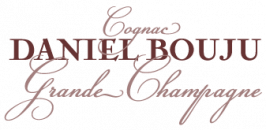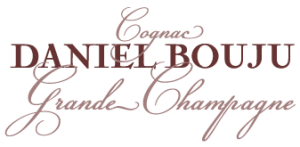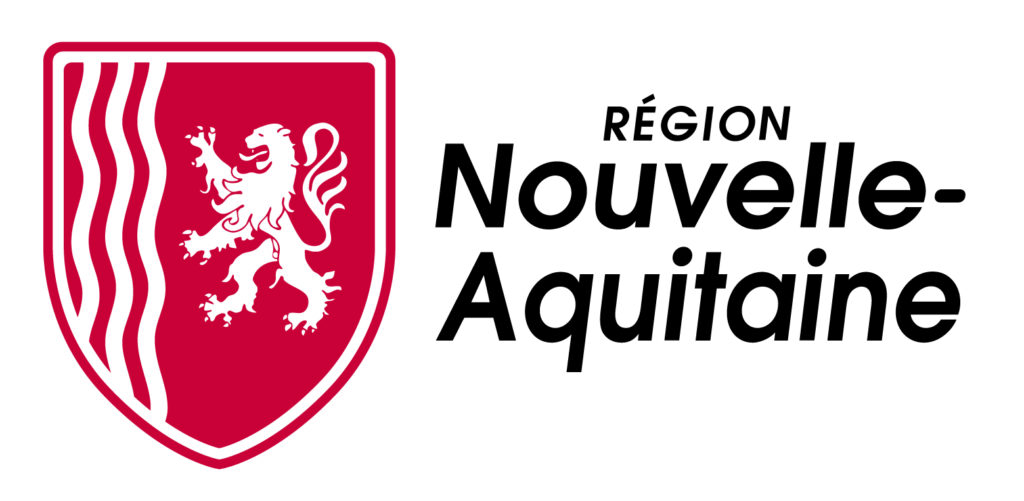An artisanal cognac production house for more than 210 years.
The winery was created in the commune of Saint-Preuil in 1805 by our ancestors, the ALLARD and CHAUVIN families. This small town of 289 inhabitants is located in the heart of Grande Champagne , the premier cru of Cognac.
An artisanal cognac production house for more than 210 years.
The winery was created in the commune of Saint-Preuil in 1805 by our ancestors, the ALLARD and CHAUVIN families. This small town of 289 inhabitants is located in the heart of Grande Champagne , the premier cru of Cognac.
An exceptional terroir for an exceptional cognac
Our winery is located in the very heart of Grande Champagne, Premier Cru de Cognac producing eaux-de-vie of great finesse, marked by a lot of distinction and length and with a predominantly floral bouquet. These eaux-de-vie require a long aging in oak barrels to acquire their full maturity. Only eaux-de-vie from this cru can benefit from the Appellation Contrôlée “Cognac Grande Champagne” or “Cognac Grande Fine Champagne”.
The fairly superficial clay-limestone soils on soft, chalky limestone from the Cretaceous have a strong influence on the taste and aroma of the wines produced there. It is in Grande Champagne that the limestone layer is the thickest and oldest. You will find limestone everywhere in these photos: from the white stones on the ground of the vines to the walls of the houses and the cellars.
The area of 30 hectares that we exploit today allows us to respectfully manage our vineyard. We seek to do the maximum to have a reasoned viticulture and use a minimum of pesticides. A natural vegetation cover is deliberately maintained in and around the vineyard and controlled by mechanical tillage and crushing. Such vegetation cover encourages and stimulates soil life.
A family, a region, a story
Pierre CHAUVIN and his wife Jeanne settled in Saint-Preuil in 1805 just after the birth of their first son. They had very little land, so few vines. Over the years, they buy new plots which they plant with vines. At that time, the grape varieties were mainly Colombard and Folle Blanche. The culture was done with oxen then a little later with horses. From the first harvests, they had a 3 hl Charentais still heated with wood installed and began to store the cognac.
At that time it was necessary to sleep in the distillery in order to monitor the fire and the flow of Cognac. The 3 hl still was changed around 1900 to a 6 hl . In 1944, the grandfather, Emile Ardoin, is the successor of the four generations of winegrowers of the family; it rapidly changes the operation; seven hectares of vines are replanted with Ugni blanc. The horses still cultivate the vines but in 1948 a tractor was purchased . Charcoal (in briquettes) appeared to distill to replace wood. This is a very weak evolution, because in fact you always have to continue sleeping in the distillery, only the monitoring of the fire is a little easier.
The sixth generation of this family, Daniel and Liliane BOUJU, have perpetuated the same principles of tradition. They continued to buy the scarce land available and to plant vines. The modernization of cultures is beginning to come; horses disappear in favor of tractors. The 6 hl still was replaced in 1960 by another 16.5 hl. Today we have 30 hectares of vines planted in Ugni-blanc, in Grande Champagne . Cultural modernization is certainly at its peak. Only Cognac has not evolved, it cannot evolve. We distill and age Cognac in the same way as our ancestors .
A family, a region, a story
Pierre CHAUVIN and his wife Jeanne settled in Saint-Preuil in 1805 just after the birth of their first son. They had very little land, so few vines. Over the years, they buy new plots which they plant with vines. At that time, the grape varieties were mainly Colombard and Folle Blanche. The culture was done with oxen then a little later with horses. From the first harvests, they had a 3 hl Charentais still heated with wood installed and began to store the cognac.
At that time it was necessary to sleep in the distillery in order to monitor the fire and the flow of Cognac. The 3 hl still was changed around 1900 to a 6 hl . In 1944, the grandfather, Emile Ardoin, is the successor of the four generations of winegrowers of the family; it rapidly changes the operation; seven hectares of vines are replanted with Ugni blanc. The horses still cultivate the vines but in 1948 a tractor was purchased . Charcoal (in briquettes) appeared to distill to replace wood. This is a very weak evolution, because in fact you always have to continue sleeping in the distillery, only the monitoring of the fire is a little easier.
The sixth generation of this family, Daniel and Liliane BOUJU, have perpetuated the same principles of tradition. They continued to buy the scarce land available and to plant vines. The modernization of cultures is beginning to come; horses disappear in favor of tractors. The 6 hl still was replaced in 1960 by another 16.5 hl. Today we have 30 hectares of vines planted in Ugni-blanc, in Grande Champagne . Cultural modernization is certainly at its peak. Only Cognac has not evolved, it cannot evolve. We distill and age Cognac in the same way as our ancestors .


